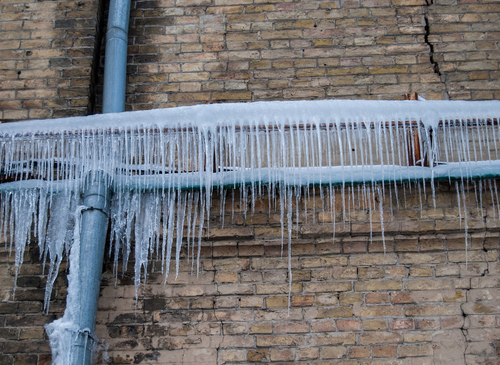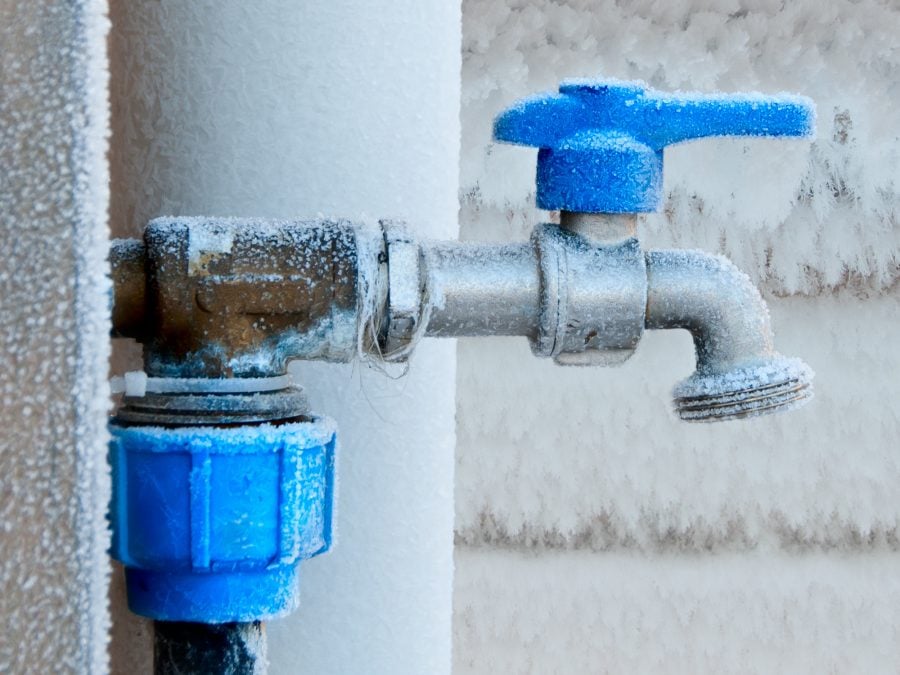Prevent Frozen Plumbing in Cold Weather: Pro Strategies
Prevent Frozen Plumbing in Cold Weather: Pro Strategies
Blog Article
Just how do you really feel about Preventing and dealing with frozen pipes?

Winter can ruin your pipes, especially by freezing pipes. Right here's how to prevent it from happening and what to do if it does.
Intro
As temperature levels decrease, the risk of icy pipes increases, possibly causing expensive repairs and water damages. Comprehending how to stop frozen pipelines is vital for property owners in cool climates.
Comprehending Frozen Pipes
What creates pipes to freeze?
Pipelines ice up when exposed to temperature levels listed below 32 ° F (0 ° C) for prolonged periods. As water inside the pipelines ices up, it increases, taxing the pipeline wall surfaces and potentially causing them to break.
Threats and problems
Icy pipelines can lead to water system disruptions, property damages, and expensive repair work. Burst pipes can flooding homes and create considerable structural damage.
Indications of Frozen Pipes
Determining icy pipes early can avoid them from breaking.
How to determine icy pipelines
Seek lowered water circulation from taps, uncommon smells or noises from pipes, and visible frost on exposed pipelines.
Avoidance Tips
Shielding prone pipes
Wrap pipelines in insulation sleeves or utilize warm tape to safeguard them from freezing temperatures. Concentrate on pipes in unheated or exterior locations of the home.
Heating techniques
Maintain interior spaces properly warmed, particularly areas with pipes. Open closet doors to allow cozy air to circulate around pipelines under sinks.
Safeguarding Exterior Plumbing
Yard hoses and exterior taps
Disconnect and drain pipes yard hose pipes prior to wintertime. Install frost-proof spigots or cover outside faucets with protected caps.
What to Do If Your Pipelines Freeze
Immediate actions to take
If you suspect frozen pipelines, maintain taps open up to soothe stress as the ice melts. Use a hairdryer or towels soaked in warm water to thaw pipes gradually.
Long-Term Solutions
Architectural adjustments
Take into consideration rerouting pipelines away from exterior wall surfaces or unheated locations. Include extra insulation to attics, basements, and crawl spaces.
Updating insulation
Buy high-quality insulation for pipes, attics, and walls. Appropriate insulation assists preserve regular temperature levels and lowers the threat of icy pipes.
Conclusion
Stopping frozen pipes requires proactive measures and fast feedbacks. By recognizing the reasons, indications, and preventive measures, homeowners can protect their pipes throughout cold weather.
5 Ways to Prevent Frozen Pipes
Drain Outdoor Faucets and Disconnect Hoses
First, close the shut-off valve that controls the flow of water in the pipe to your outdoor faucet. Then, head outside to disconnect and drain your hose and open the outdoor faucet to allow the water to completely drain out of the line. Turn off the faucet when done. Finally, head back to the shut-off valve and drain the remaining water inside the pipe into a bucket or container. Additionally, if you have a home irrigation system, you should consider hiring an expert to clear the system of water each year.
Insulate Pipes
One of the best and most cost-effective methods for preventing frozen water pipes is to wrap your pipes with insulation. This is especially important for areas in your home that aren’t exposed to heat, such as an attic. We suggest using foam sleeves, which can typically be found at your local hardware store.
Keep Heat Running at 65
Your pipes are located inside your walls, and the temperature there is much colder than the rest of the house. To prevent your pipes from freezing, The Insurance Information Institute suggests that you keep your home heated to at least 65 degrees, even when traveling. You may want to invest in smart devices that can keep an eye on the temperature in your home while you’re away.
Leave Water Dripping
Moving water — even a small trickle — can prevent ice from forming inside your pipes. When freezing temps are imminent, start a drip of water from all faucets that serve exposed pipes. Leaving a few faucets running will also help relieve pressure inside the pipes and help prevent a rupture if the water inside freezes.
Open Cupboard Doors
Warm your kitchen and bathroom pipes by opening cupboards and vanities. You should also leave your interior doors ajar to help warm air circulate evenly throughout your home.

I'm just very excited about How to Prevent Your Pipes From Freezing and I'm hoping you liked the new post. Sharing is good. Helping others is fun. I appreciate reading our article about Winter Plumbing Precautions: Preventing Frozen Pipes.
Book An Appointment Report this page